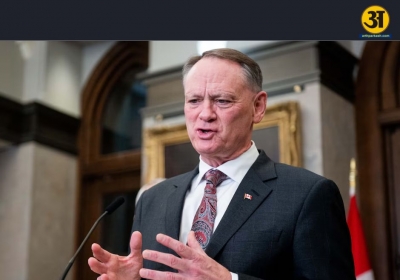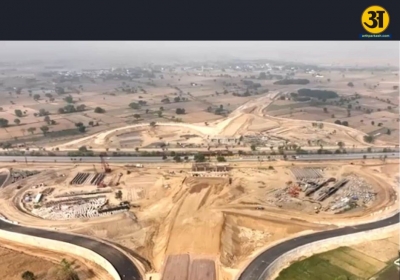
S Jaishankar in Melbourne
Current scenario at LAC has emerged of China’s violation of accords
According to External Affairs Minister S Jaishankar, the current situation at the Line of Actual Control (LAC) has emerged as a result of China’s disrespect for written agreements not to stockpile personnel near the border.
In answer to a query about the eastern Ladakh border impasse, Jaishankar made statements a day after he and other Quad foreign ministers met and pledged to expand cooperation to maintain the Indo-Pacific free S Jaishankar, the External Affairs Minister, said on Saturday that the situation at the Line of Actual Control (LAC) has arisen as a result of China's disregard for written agreements not to mass troops at the border, and that Beijing's actions have become a source of "legitimate concern" for the entire international community.
Jaishankar's comments on the eastern Ladakh border standoff came a day after he and other Quad foreign ministers - US Secretary of State Antony Blinken, Japan's Yoshimasa Hayashi, and Australia's Marise Payne - met and pledged to expand cooperation to keep the Indo-Pacific free of "coercion" on Friday of “coercion.”
When asked if the India-China border conflict was discussed during the Quad Foreign Ministers meeting on Friday, Jaishankar responded affirmatively. “Yes, we (Quad) had a discussion on India-China relations because it was part of how we briefed each other on what was going on in our neighborhood,” he said at a joint press conference with his Australian counterpart here after their bilateral meeting. “And it's an issue in which a lot of countries legitimately take interest, particularly if they are from the Indo-Pacific region.”
The situation at the LAC has developed as a result of China’s disobedience of formal agreements with India not to mass forces at the border in 2020, according to him. “As a result, I believe it is an issue of serious concern for the entire international community when a large country disregards written promises,” he added.
Following a severe skirmish in the Pangong lake area on May 5, 2020, the border stalemate in eastern Ladakh erupted, and both sides gradually increased their deployment by bringing in tens of thousands of soldiers as well as heavy equipment. Following a violent incident in Galwan Valley on June 15, 2020, tensions rose.
Last year, the two parties concluded the disengagement process in Gogra, as well as on the north and south banks of the Pangong lake, as a result of a series of military and diplomatic talks. In the sensitive sector, each side has between 50,000 and 60,000 troops deployed along the Line of Actual Control. On January 12, India and China held their 14th round of Corps Commander-level talks, during which the two countries agreed to keep talking through military and diplomatic channels to find a ”mutually acceptable settlement” to the remaining concerns in the eastern Ladakh conflict.
The latest round of military-level discussions between China and India has been regarded as pleasant and constructive, with Beijing promising to work closely with New Delhi to “fully address” the border issue, despite the US accusation that Beijing is threatening its neighbours.





